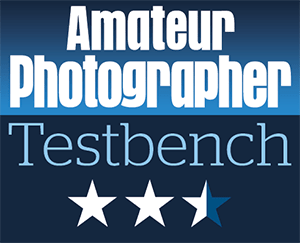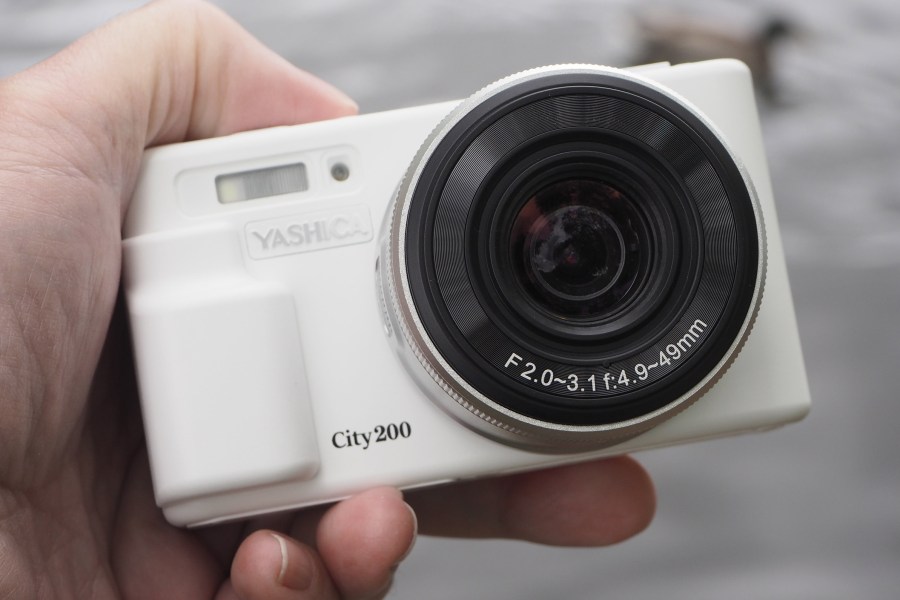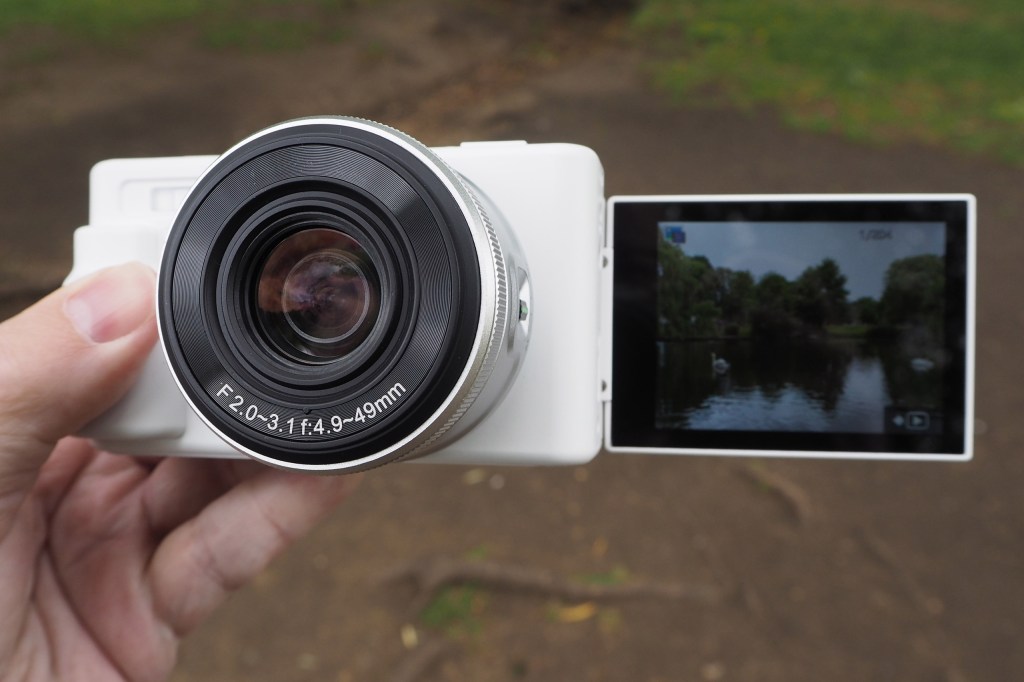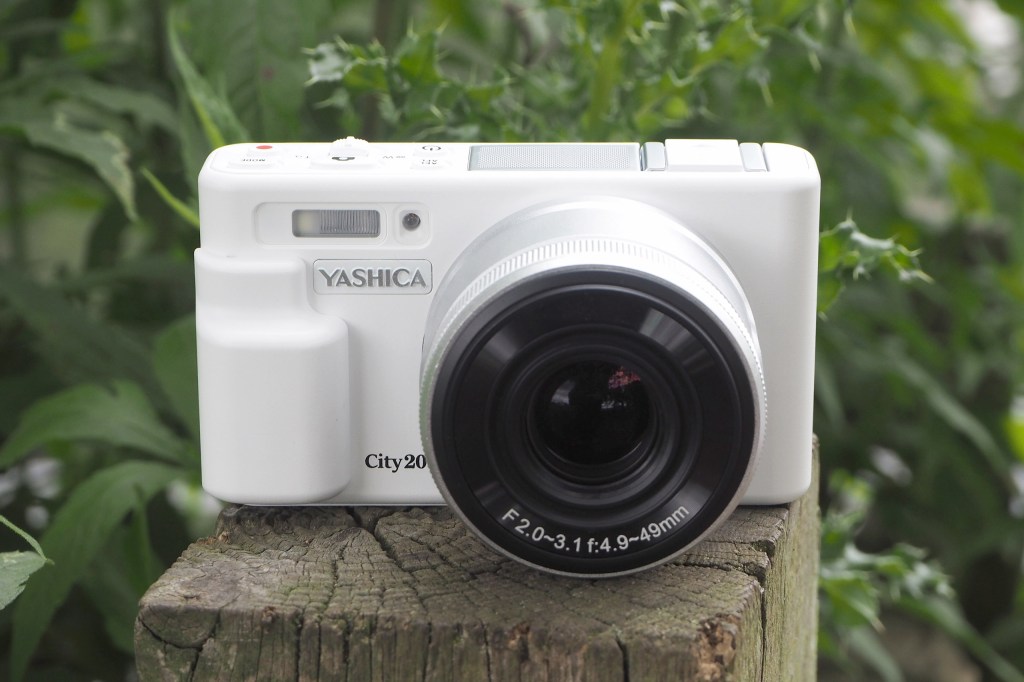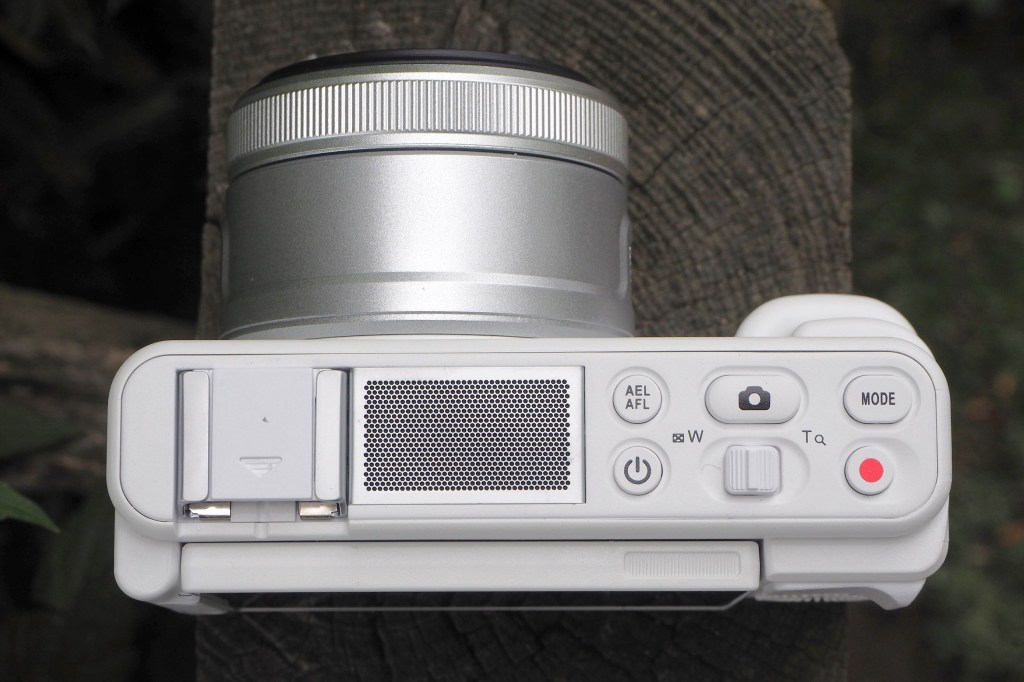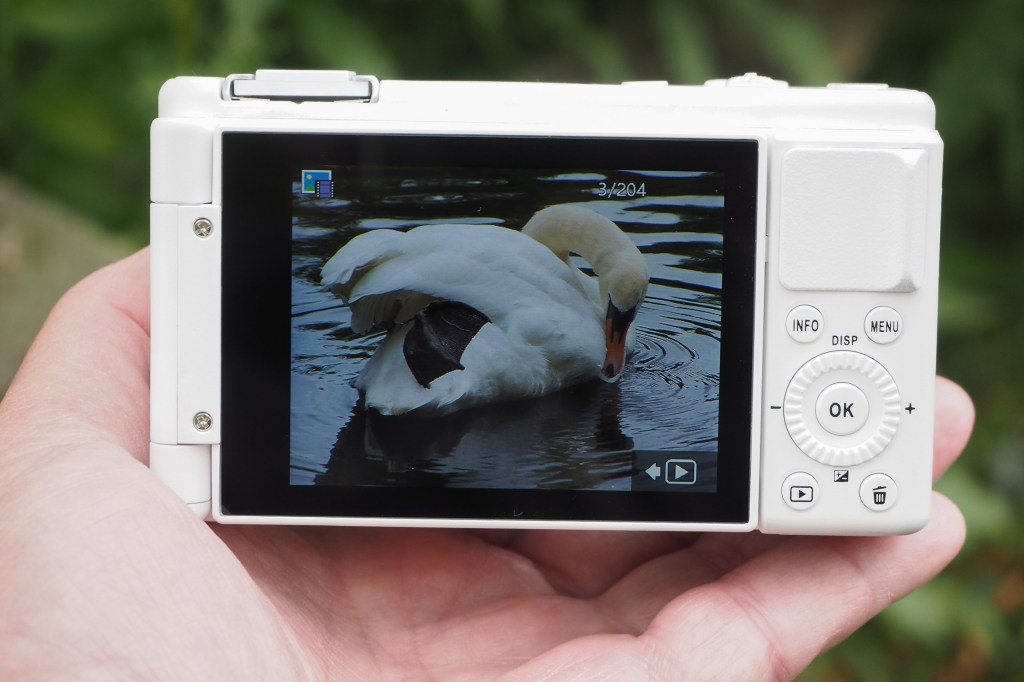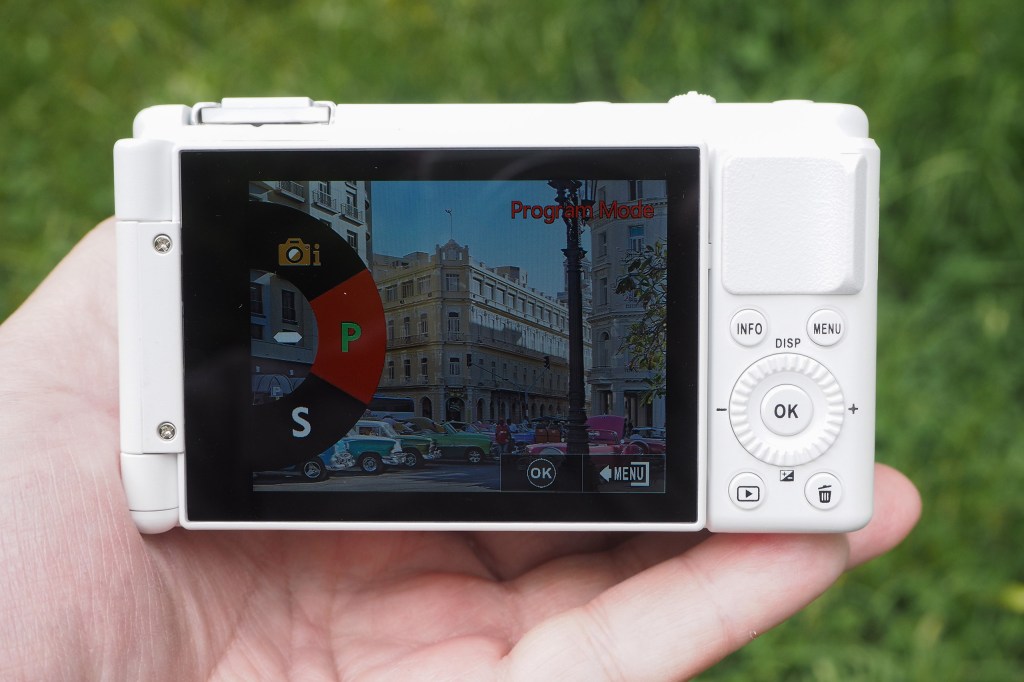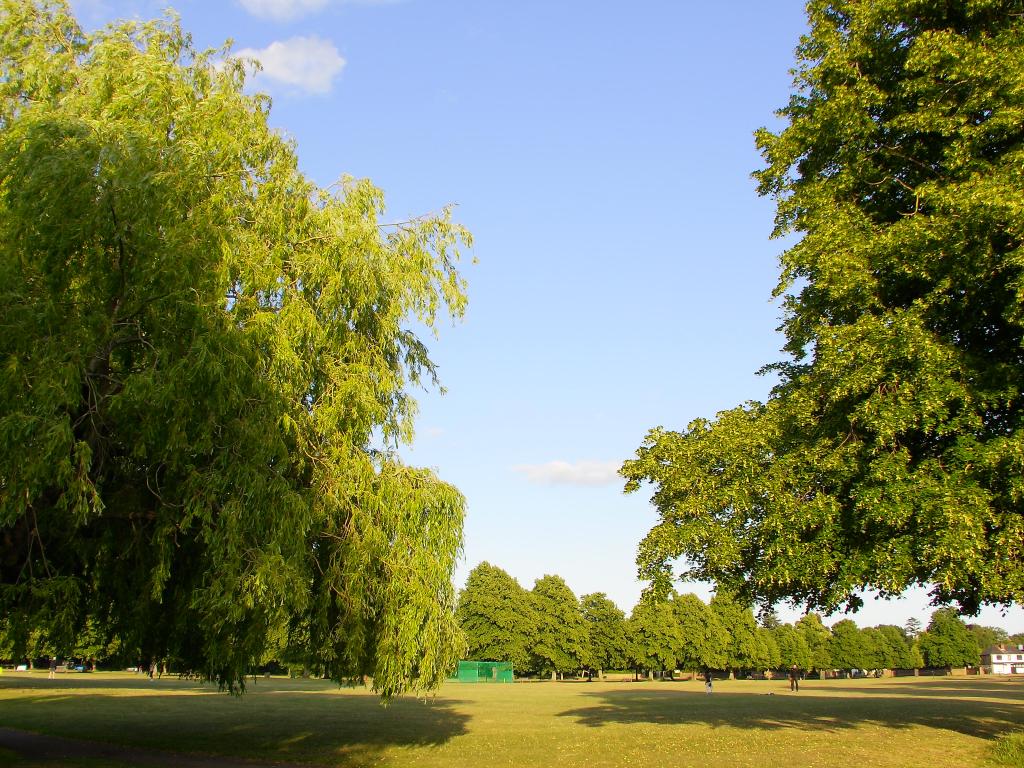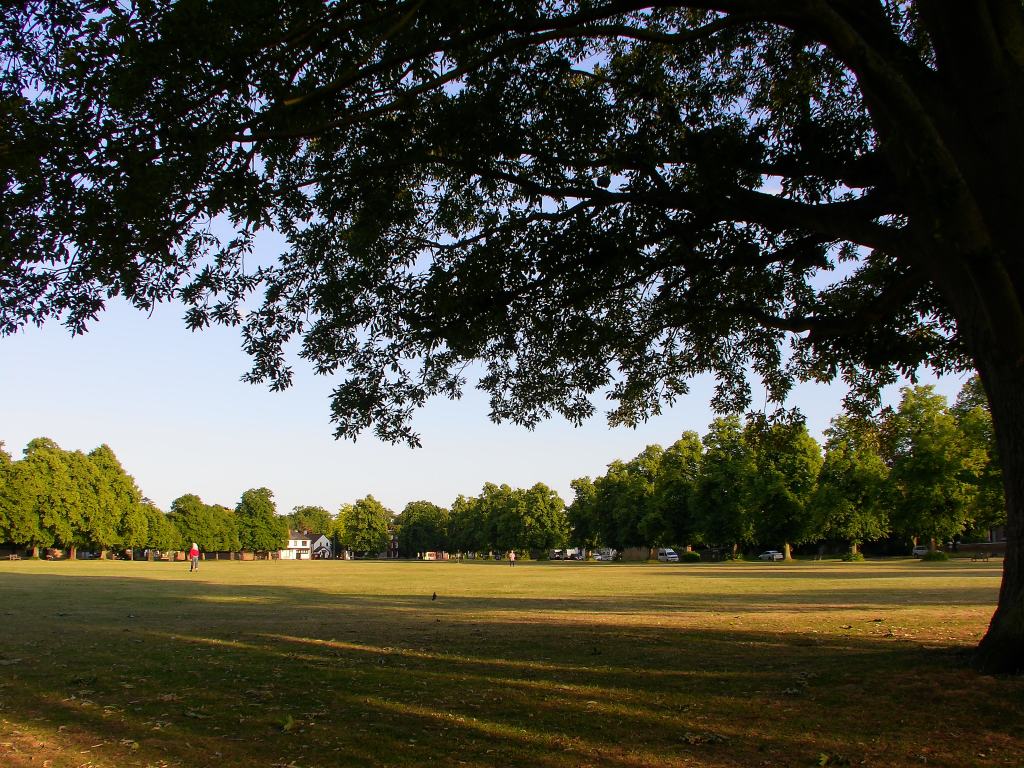Amateur Photographer verdict
The Yashica City200 may look like a real camera, with 10x zoom lens, but the results, due to a small sensor, lack of image stabilisation, and purple fringing make this our least favourite model.- Lightweight and portable
- Affordable price point should appeal to millennials / Gen Z
- Generous extras include carry pouch, lens cloth, lens cap, USB lead, wrist strap and character keyri
- No eye level viewfinder
- Sluggish power up and zoom response
- Flip-out LCD isn’t angle adjustable, nor is it a touch screen
- 72MP maximum resolution is interpolated, with visible artefacts at 100%
- Several image quality problems (purple fringing)
Cheered on by social media and Generation Z, point and shoot digital compacts are enjoying an unlikely resurgence. But what can they offer that’s markedly different from our smartphones, or the pocket cameras that came before? Boasting up to ’72 megapixels’, the 10x zoom Yashica City 200 reckons it may have the answer.
We haven’t seen a new point and shoot digital compact for a long time, but now they’re re-appearing like buses. Initially new models tended to be cheap and mostly cheerful examples bearing Agfa or Kodak branding and issued by a third-party license holder. But as I write, Canon and Panasonic have got back in on the action with new PowerShot and TZ series compacts respectively. Fujifilm has also just got (a little) more serious with its one-inch sensor X Half camera.
The digital point and shoot, once declared dead, is well and truly back. Who’d have thought it?
The current license holder for Yashica recently issued its pocked-sized Yashica City 100, a 3x optical zoom point and shoot with the grand claim of offering up to 72MP images, even though the sensor at its core provided a native 13MP resolution (any higher and it’s interpolation). Now that model’s bigger brother, the Yashica City 200 is here with the same key features, but noticeably a bigger 10x optical zoom.
A decade or more since most of us stashed the previous snapshot camera we owned in the back of the cupboard, or eBay’d it, could this iteration have what it takes to reignite our interest in having a dedicated camera for everyday shots? Or is it ultimately something that will only be of interest to hipsters or children (not that there’s anything wrong with that)? Read on to find out.
Yashica City 200 Key Features:
- 13 megapixel, 1/3-inch CMOS sensor
- 10x optical zoom lens, f/2.0-f/3.1, 33.8mm – 338mm in 35mm terms
- 0.5m to infinity focus range, or from 1m at telephoto setting
- 2.8-inch LCD screen, 4:3 ratio display
- MicroSD card slot
- Up to 5K 5120×2880 resolution video at 30fps video recording
- Powered via supplied rechargeable lithium ion battery
- 106.8×61.5×72.5mm in size
- 238g weight approximately
Available in serious black or the cool white variant we had to review, as with its City 100 sibling, first impressions of the Yashica City 200 are broadly positive. Yes, we’re not expecting a 1/3-inch sensor camera to compete with the latest Micro Four Thirds, APS-C or full frame mirrorless cameras. I am ready to take it for what it is – but the packaging alone rolls out the red carpet and adds extra value. We don’t just get the camera and quick start pamphlet here, but also accessories including lens cloth, carry pouch, wrist strap, USB lead and key ring featuring a cheery cartoon Yashica mascot.
While the above might raise a smile, the real talking point here in contrast with its simultaneously released 3x optical zoom Yashica City 100 sibling is obviously the step up 10x optical zoom the Yashica City 200 offers, explored in a little more detail in our comparison section below.
Given this camera’s cost and the lightweight, plastic-y construction, another surprise here is a maximum selectable 72-megapixel resolution for JPEG only photos and MP4 format video clips up to 5K at 30fps. Once again further options include 4K video at 60fps, with a Full HD option ranging from 30fps up to a slow motion producing 120fps. When powering the camera up, however, the default settings are 13 megapixel stills and 4K 30P video. If we want that whopping 72MP resolution then we select it in the knowledge that digital trickery is at work and this is an interpolated setting; meaning the more closely we examine it, the more visible image artefacts will be.
A rechargeable lithium-ion battery is provided, though predictably at this price no mains charger or mains plug is included in the box. We do get a USB lead for charging the battery in-camera however, which is standard these days. JPEG stills and MP4 video are, as with the City 100 model, saved to removable microSD memory card (not included).
How does the Yashica City 200 compare to its City 100?
Whether we choose the Yashica City 100 or 200 model, we’re getting the headline feature of a 13-megapixel resolution from a tiny 1/3-inch sensor typical of point and shoot compacts, as opposed to the 1-inch sensor found in the Fuji X Half or the unique 1.4-inch chip in the Canon PowerShot V1. Both current Yashica iterations offer the same interpolated 72-megapixel maximum setting, as well as a flip-out 2.8-inch backplate LCD for shot composition and review. Again, an adjustable screen isn’t something we’re used to on a humble point and shoot, even if adjustments are rather limited here (it doesn’t tilt up or down).
A scan of the spec sheet and immediately it’s the difference in zoom power between the two models that jumps out. We’ll pay just a little more for the privilege, but the City 200 delivers a broader focal range courtesy of its 10x optical zoom, offering the 35mm equivalent of roughly 34mm-340mm.
The Yashica City 200 also differs when it comes to the top plate layout in including a rocker switch for the operation of its lens, plus, more usually still for a snapshot model, a toggle switch on the lens barrel for swapping between auto and manual focus. The bigger zoom here has inevitably resulted in a slightly chunkier camera, with a depth of 72.5mm as opposed to 61.3mm on the City 100.
By contrast, the Yashica City 100 delivers a bog standard 3x optical zoom, giving us the 35mm equivalent of 26mm–76mm, with a brighter f/1.6 maximum aperture. Slightly more basic, there’s less here to get hands on with in terms of operation. But it is less expensive to the tune of a few notes. It all comes down to whether that 3x zoom is enough for you or you feel a 10x zoom would be worth paying that little bit extra for, to pull the further away that much closer or allow for more compositional choice when it comes to framing an image.
What are the other features of the Yashica City 200?
Powered by a lithium-ion battery that slots into a compartment at the base of the camera, shared with a slot for microSD card, both the Yashica City 200 and its Yashica City 100 sibling at least superficially stand out from most point and shoot compacts by including an accessory shoe on the top plate, plus the capacity for external microphone attachment. A built-in microphone and speaker are also provided. The former features at the top of the handgrip while the latter is given an unexpectedly prominent and central position on the top plate, nudging the hot shoe for flash to the left of the lens, rather than sitting dead above it. As with the City 100, the lens cap provided with the City 200 is magnetic, so it automatically snaps into place without the need for tethering when the lens is not in use.
Rather more importantly, images are composed and reviewed via the 2.8-inch, 4:3 LCD screen, which here can be flipped outwards from the body, so it is facing whomever or whatever is in front of the lens. While it distances this model from most bog-standard pocket compacts, the screen cannot be angled or tilted.
Nonetheless, it’s a pleasant surprise to find a movable screen of any description on a camera at this price, as is the appearance on both models of an auto exposure / auto focus lock button, more commonly found on enthusiast cameras, just behind which is a regular dedicated on/off button.
Rather than a familiar P/A/S/M shooting mode dial, another feature shared with the ‘100’ model is that we instead get a top plate button marked ‘mode’. Press this and we’re directed to a virtual on-screen dial allowing us to tab between selecting Program, Shutter Priority, Scene selection, macro instead of the infrared setting on the City 100, plus video mode and full auto mode. For those wondering where the usually unmarked shutter release button is, here it’s the one with the ‘camera’ icon, behind which is the toggle switch for extending or retracting the 10x optical zoom. Video gets its own equally obvious red ‘record’ button, sans video camera graphic. The full extent of the zoom is equally accessible in video as well as stills mode, though shooting handheld does introduce some visible image judder thanks to hand wobble the closer we get to maximum telephoto setting. The trick here is to capture to or three images of the same subject and select the sharpest, though they’re still not as crisp as we’d like under close inspection.
Less of a surprise is access via a press of the backplate ‘OK’ button to digital filter effects. Settings range from the default of ‘standard’ to natural and vivid settings, moving through black and white and negative options, on to sepia-like ‘retro’ and ‘antique’ colour tones, and ending with red, green, blue and yellow overlays. A nod perhaps to the kind of filters most potential users will have in spades via their mobile phones, but personally we found them unnecessary. For example, if we select Vivid or Landscape setting the greens in an image can take on an almost neon-like glow, making grass and vegetation appear irradiated rather than lush. For interior shots we also get a built-in LED flash adjacent to AF assist lamp at the front of the device.
Handling and design
The backplate of the camera resembles the kind of control layout we’re more used to finding on a pocket-sized point-and-shoot camera. Aside from the LCD screen, which can be rotated outwards from the body at 180 degrees and hogs a good three quarters of the backplate real estate, physical controls are shoehorned to one side. These include a control pad that resembles a scroll wheel – but isn’t, it’s a 4-way direction pad – at the centre of which is a familiar ‘OK’ button for affecting any changes alighted upon in the camera menus.
Located above and below this pad are buttons in pairs that equally readily fall under the thumb. We get ‘menu’ and ‘info’ above the dial, along with playback and delete sitting just below it. As we’re well used to the occasional dodgy snap, especially from inexpensive point and shoots like this one, having a delete button under our thumb always is a welcome feature.
One thing to note in terms of handling is that this camera is quite slow to power up, taking around three seconds from an initial press of the power button to its rear panel screen blinking into life. That’s the same on the City 100. Use the toggle switch atop the camera to control the zoom and the response from the City 200 is equally leisurely. It requires approximately four to five seconds to glide from maximum wide-angle to extreme telephoto setting. A half press of the shutter release button and focus is fairly quickly determined, with images near instantaneously committed to memory.
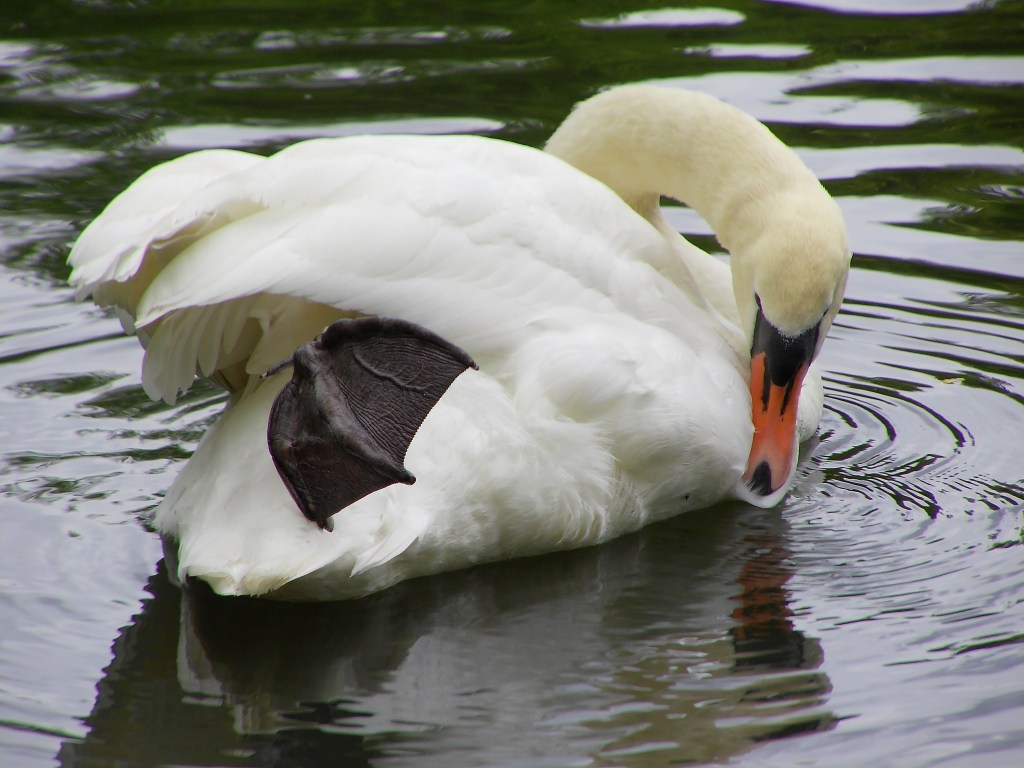
A larger handgrip may have helped when using the full telephoto zoom. The lens doesn’t extend out from the camera lens body. The grip on the City 200 only runs about two thirds of the way up the face plate. There is a small thumb rest at the back, but because of the smooth plastic surface to the camera, gripping it tightly proves impossible and it can feel slippery in the hand. Good job that a wrist strap is provided.
Yashica City 200 Performance
There is no eye-level electronic or optical viewfinder offered here, which is always a sad omission for us, so we’re totally reliant on the 2.8-inch 4:3 aspect ratio LCD for composition and review. This reflects the 4:3 default aspect ratio images produced, with the only alternative selectable being 16:9. In bright sunlight it’s inevitably hard to make out fine detail via screen alone however, and the fact that it cannot be tilted to avoid reflections doesn’t make life any easier. In fairness we would not expect a humble point and shoot camera to offer much more than the Yashica City 200 already does. And it’s true that the inability to view a flat screen in direct sunlight has blighted digital cameras since the year dot.
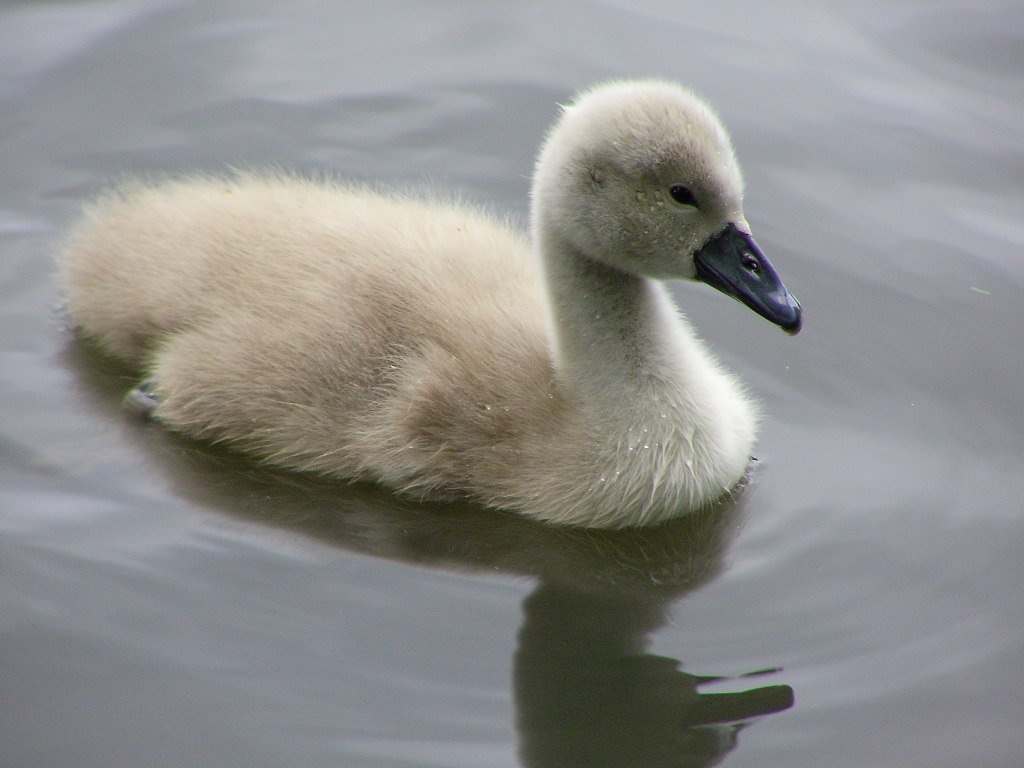
Ironically, while bright sunshine adversely affects screen visibility, such conditions are when the camera performs best. Overall, as we found with the Yashica City 100, results that hark back to the earliest days of consumer digital photography (courtesy of the tiny sensor at its heart) aren’t a great surprise. A non-enthusiast audience won’t be expecting mirrorless or DSLR-like shallow depth of field effects or an almost three-dimensional look to images, and neither should we. That means visible artefacts such as pixel fringing between areas of high contrast, occasionally unrealistic colours if we stray from the standard default and digital images that look, well, digital.
In practical terms, what we did notice here with the 10x optical zoom is that it is trickier to hold the camera 100% steady and avoid image blur when shooting towards the maximum telephoto end of the zoom, even in bright daylight conditions. We found it better to take two or three shots in succession, in the hope that at least one will be faithfully sharp. Yes, there is a screw thread for a tripod provided at the base, but since the whole point of a compact camera is portability and convenience, ideally, we don’t want to also be karting a tripod around with us; even one of a ‘travel sized’ variety. While Gen Z-ers may appreciate playing with something that feels like a ‘real’ camera, ultimately most of their smartphones will produce better results.
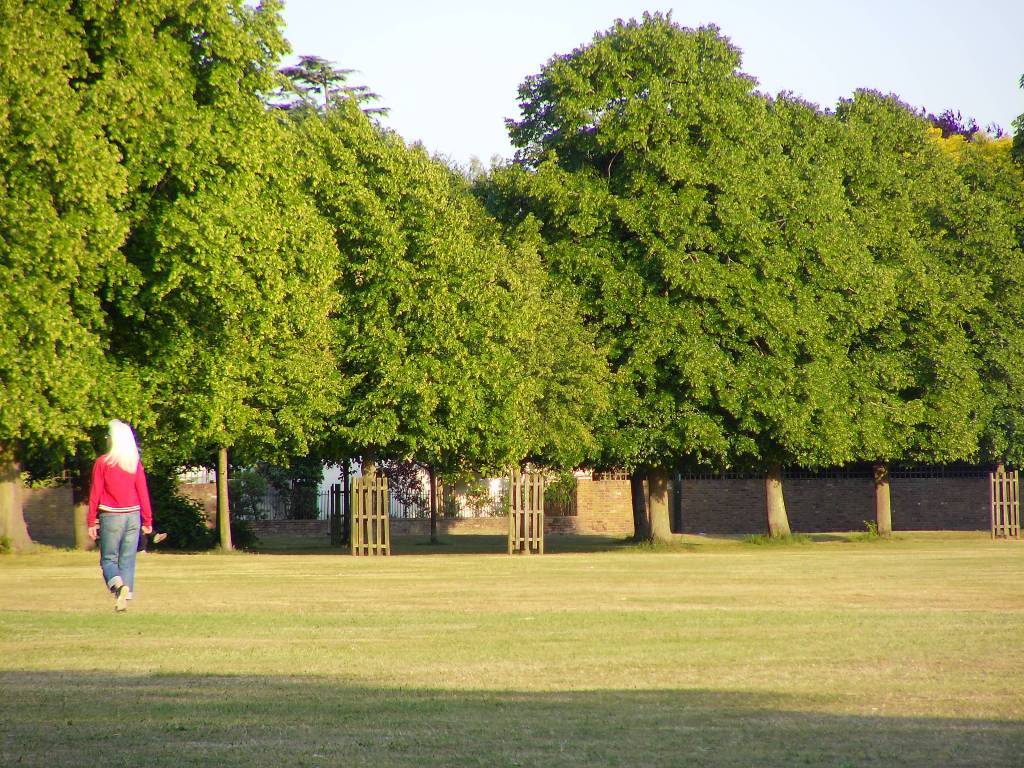
Is the Yashica City 200 value for money?
Photography doesn’t always have to be deadly serious – the beauty of the art is that there is something for everyone – and the Yashica City 200 mines that fun vein also shared by the likes of Lomography’s cameras. Marginally better than the deliberately ‘so bad it’s good’ shots typically derived from a similar priced Lomo film camera, affordable and inexpensive digital alternatives for the undemanding are provided by the likes of the 5x optical zoom Kodak Pixpro FZ55, or much bigger zoom models like the 25x Kodak Pixpro AZ255 that resemble bridge cameras/super zooms of old.

Yes, we can pay a good deal more and opt for a compact Canon, Panasonic or Fujifilm camera if we’re thinking of a longer-term investment and wanting a step up in terms of image quality. But as something for occasional snapping, a weekend away or overseas trip, the pocket money price of the Yashica City 200 goes someway to alleviating disappointment when it comes to softness of results. Unfortunately it’s got none of the charm of the new Yashica FX-D 100 camera.
Verdict
Those trading up (or down) from a smartphone to this affordable point and shoot won’t find a familiar touch screen, but unusually for the outlay the screen here can be flipped outwards from the body to face the user for inevitable selfies. Ignore the hype about 72-megapixel images on the spec sheet, as this is via interpolation, and instead stick to the 13-megapixel images produced using its native resolution.
Be aware its tiny sensor means photos are no match for a mirrorless camera and prime lens, plus the lack of built-in image stabilisation frequently means blurred results handheld at maximum telephoto setting. Viewed purely as a fun device for the Gen Z crowd at a fair price, the proposition may look viable on paper. In practice the hit and miss results are bettered by most smartphones, even if the 10x optical zoom might tempt those seeking a cheap travel camera. You can also forget about shooting in poor light, as the lack of optical stabilisation and small sensor become a real image quality killer.
